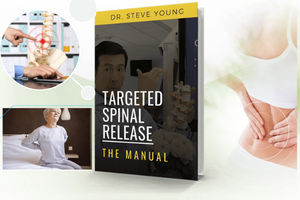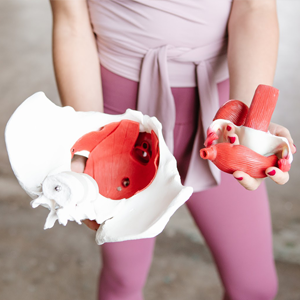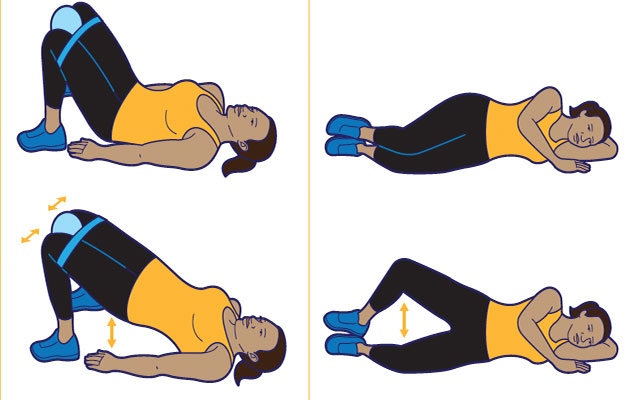7 Beneficial effects of Pelvic exercise on female sexual dysfunction
Pelvic floor exercises, also known as Kegel exercises, have several beneficial effects on female sexual dysfunction. These exercises target the pelvic floor muscles and can help improve sexual health in various ways:
- Improved Orgasm Function: Pelvic floor muscle weakness can contribute to difficulties in achieving orgasm. Pelvic floor exercises can strengthen these muscles, potentially leading to more satisfying orgasms.
- Reduced Pain During Intercourse: Pelvic floor dysfunction can lead to pain during intercourse. Strengthening the pelvic floor muscles through exercises may alleviate this discomfort and improve sexual comfort.
- Enhanced Sexual Satisfaction: Women who engage in pelvic floor exercises often report increased sexual satisfaction, both for themselves and their partners. Strengthening these muscles can lead to better sexual experiences.
- Increased Sexual Desire: Pelvic floor muscle exercises can positively impact sexual desire. Studies have shown that these exercises can lead to improvements in sexual desire, arousal, and overall sexual function.
- Better Postpartum Sexual Function: Postpartum women can experience changes in sexual function. Pelvic floor exercises, when performed correctly, can help restore sexual function in the postpartum period and improve sexual outcomes.
- Reduction in Urinary Symptoms: Pelvic floor exercises are known to help with urinary incontinence, which can impact sexual confidence. By addressing these issues, women may feel more comfortable and confident in their sexual experiences.
- Enhanced Self-Efficacy: Engaging in pelvic muscle exercises can boost sexual self-efficacy, making women feel more in control of their sexual experiences and improving overall confidence in their abilities.
It's important to note that individual experiences may vary, and consistency in performing pelvic floor exercises is key to experiencing these benefits. If you have concerns about sexual dysfunction, it's advisable to consult with a healthcare provider or a pelvic floor physical therapist for personalized guidance and recommendations.
































